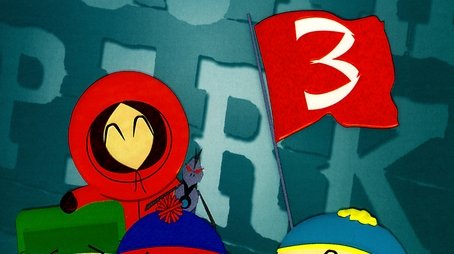
Sorry, we have not watched this yet.

Return to everyone’s favorite mountain town for seventeen outrageously bizarre episodes of South Park. Along the way, you’ll meet the Succubus, get caught up in the Chinpokomon frenzy and find out why citizens are spontaneously combusting.
Sorry, we have not watched this yet.